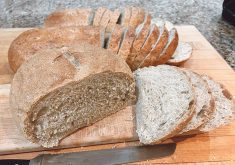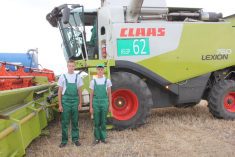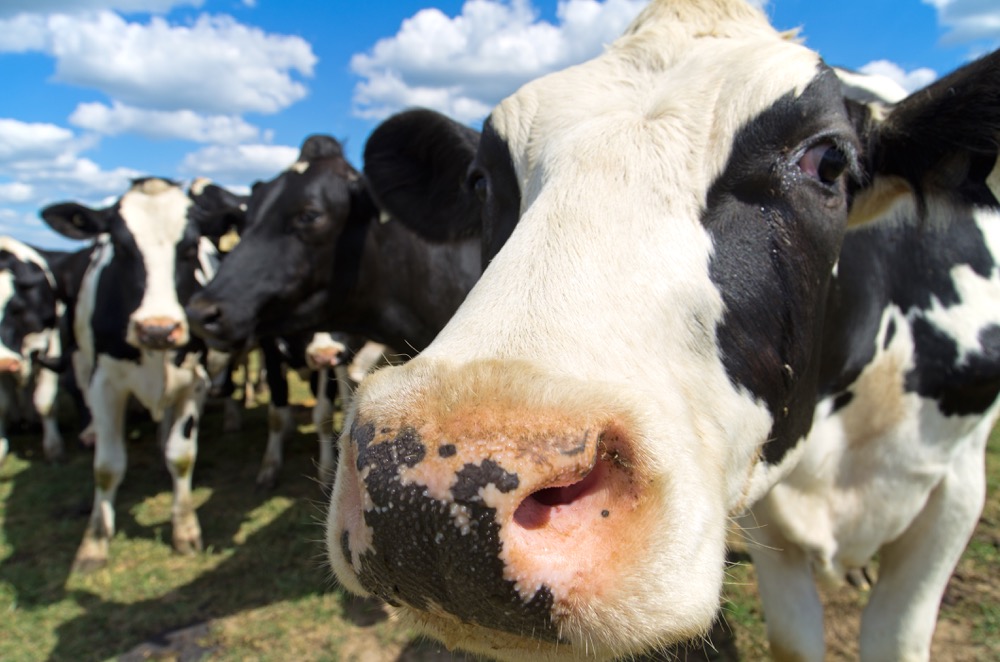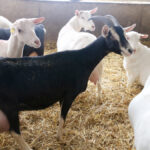The United Nations has developed 17 sustainable development goals. The second one is “zero hunger.” This includes a mandate to end not only hunger but poverty everywhere and to achieve food security, improve nutrition, and promote sustainable agriculture.
I would like to focus on food security in this column. Food security was defined at the 1996 World Food Summit as: Existing when all people, at all times, have physical, social, and economic access to sufficient, safe, and nutritious food to meet their dietary needs for a productive and healthy life.
Read Also

The great food summit adventure
Alberta Farmer columnist Lee Hart attended the Food Leadership Summit in Calgary, where about 400 ag industry players gathered for the new annual conference.
And for the sake of discussion let us take two countries to compare food security in. One will be a developed country, Canada, and the other a developing country, Sudan.
There are 40.8 million people in Sudan and an estimated 4.6 million persons (11.2 per cent) are considered food insecure. As the median age of the population is 19 years, one in three children is considered at risk of not having enough to eat. The economy is based on agriculture and 8.3 per cent of the land base is arable. Cereal crops such as wheat and corn are grown to make the local bread called kissra that is eaten with a peanut butter stew (peanuts are also a main crop) mixed with meat from the cows, goats, camels, and sheep raised in the numerous nomadic herds. Rain is critical as 96.2 per cent of fresh water is used for agricultural production. More than 50 per cent of the rural population is water insecure.
The annual per capita income in Sudan is approximately US$1,100. The income of women is unmeasurable but is recorded by some charities at 12 cents a day — 90 per cent of women are illiterate and they make up 87 per cent of the agricultural workforce.
- More with Brenda Schoepp: Will boys always be boys? Not if we teach them proper boundaries
Sudan is a food importer and is not considered easy to do business in, ranking 170 out of 190 countries on that score. Food affordability is always an issue with inflation — currently at 34.2 per cent. The arrival of South Sudanese refugees, driven to the north because of hunger and conflict has further taxed the food supply. To further complicate matters, transporting food (whether locally grown, imported, or food aid) is not always possible because of the broken infrastructure and the rebel groups that delay or halt food delivery altogether.
Food aid is expected to be delivered to more than four million Sudanese in 2017 (primarily via the World Food Program). Sudan is in the process of developing an interim country strategic plan to address the root causes of hunger. In other words, they know they have a problem and are looking for a long-term solution.
In Canada, an estimated four million of the 36 million Canadians (11.1 per cent) are food insecure and one in six children is considered at risk. Although the land base is vast, less than five per cent of it is arable. Fresh water use is high in five food production and manufacturing areas (B.C.’s Lower Mainland, southern Alberta, southern Saskatchewan, the Greater Toronto Area, and Windsor, Ont.).
Canadian farmers do not face rebel groups when marketing, but are challenged by distance and interprovincial regulations. Canada is ranked 18 out of 190 countries for ease of doing business. Inflation is low at 1.4 per cent but working women in Canada still earn 19 per cent less than males. Illiteracy in Canada, which affects the ability to earn a living and to secure food, is 22 per cent.
Canada’s Action Plan for Food Security was proposed in 1998. To date, very little has been executed in the plan. Canada’s solution to hunger is Food Banks Canada, which fed 863,462 persons in 450 centres across the country last year. One-third of the clients were children and one-third were seniors. A national food policy for Canada is still in development.
It is a shocking reality that Canada and Sudan have a similar total population and share the same level of food insecurity at 11.1 per cent and 11.2 per cent respectively. Both have challenges with marketing; the Sudanese are reliant on roads for domestic and imported food while Canadians are dependent on railways, ports, and planes for domestic foods and exports. While Canada has abundant fresh water supplies; water access and availability is part of the food security challenge in Sudan and drives the nomadic culture.
Sudan recognizes and acknowledges both food insecurity and its consequence and has an action plan in place with partners such as the World Food Program. Canada seems to have yet to fully appreciate food insecurity as a reality within its borders, and feeding the hungry is through the generosity of fellow Canadians via food banks.
Despite these political and geographical differences, the common underpinning factor in food insecurity is the low income for women in both countries. Canadian and Sudanese families have a right to food. Feeding families will continue to be a challenge until women who are often both the farmer and/or the sole source of income have equality within our borders and beyond.
















